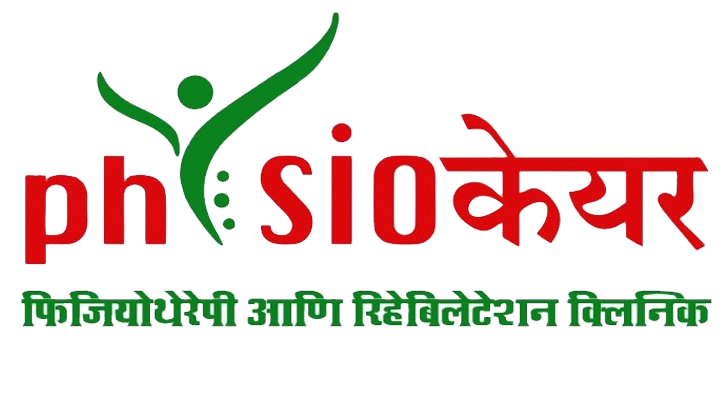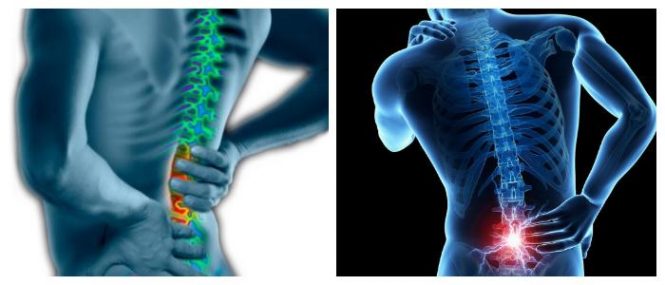Lumbar spondylosis can be described as a degeneration of the lumbar
vertebrae. It is a form of low back pain and is an important clinical, social,
economic and public health problem affecting the worldwide
population.Lumbar spondylosis describes bony overgrowths (osteophytes),
predominantly those at the anterior, lateral, and, less commonly, posterior
aspects of the superior and inferior margins of vertebral centra (bodies).
Diagnosis & Treatment:
Diagnosis :
The diagnosis of spondylosis is made using radiology tests such
as plain film X-rays, MRI, or CT scans. X-rays can show bone spurs on
vertebral bodies in the spine, thickening of facet joints (the joints that
connect the vertebrae to each other), and narrowing of the intervertebral
disc spaces.Imaging Studies
Other Tests: Electromyography (EMG) and nerve conduction velocity (NCV)
are used only in the event of complications.
Treatment:
We at Physio Kare suggest an excercise program eg aerobic exercise, muscle strengthening excercise, and stretching exercises.Physiotherapy helps to reduce the pain and disability associated with spondylosis. It is proved that older adults with lumbar spondylosis have a more betterquality of life when they have a better abdominal strength.
Treatment Goals:
• Reduce nerve compression
• Restore the level of function you had before the injury.
• Limit loss of function
• Prevent injury or more damage to other structures.
• Reduce pain
• Prevent complications.

